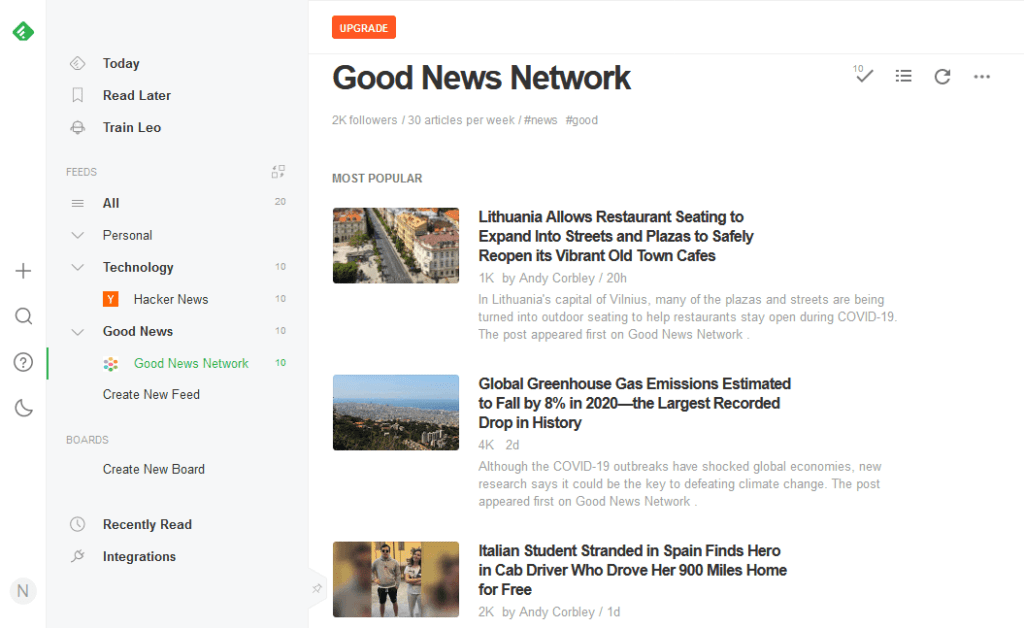
Marketing teams use attribution to answer questions on media spend and campaigns. Account-based attribution is used by operations for businesses with longer sales cycles. Product managers use attribute to fine-tune their digital products. Operations and marketing use attribution to optimize media spend, product development, and marketing. These are just a few of the many uses for attribution. These are all explained in this article. Your marketing department's goals will dictate the type of attribution model you choose.
Singular combines mobile attribution and web attribution
With Singular, you can get a complete picture of your marketing ROI. Singular allows you to measure your marketing channels from mobile to web and track user behavior throughout the funnel. By monitoring a single managed pipeline, Singular protects you against fraud. Its advanced fraud prevention and heuristic rules allow you to identify fraudulent publishers. Singular lets you track each step of your customer's journey and helps to prevent fraud.

Singular collects data from its SDKs, in-app SDKs, and 2000 API connectors. These data allow it to determine the customer journeys of each campaign, creative, publisher. Singular claims its attribution is 95 percent deterministic while the remaining 5 percent is probabilistic. Considering that the modern customer journey is rarely straightforward, Singular's attribution methodology is deterministic and combines data from web and mobile.
Time-decay attribution model
In the time-decay attribution model, the closest interaction to a conversion gets the most credit, while interactions further away get less credit. Time decay is an efficient method of assessing the importance and impact of individual interactions. Digital analytics is critical to online business success. Digital analytics is the #1 reason marketers can't scale their advertising budgets and increase sales. Although digital analytics are essential for understanding attribution it is often forgotten.
The Time-decay model gives credit to all marketing touchpoints, but a greater percentage to touchpoints that are closer to conversion. The 10% credit for the first touchpoint is only 10%. However, 30% to 40% of the total credit goes to the third or fourth touchpoints. The idea behind this model is that customers' drive to buy builds momentum as they get closer to the final touchpoint. The final interaction with the customer is when the customer makes their decision.
External attribution

External attribution refers to the way we attribute events that are not under our control to external factors. This process is also known as external locus control or social attribution. If you believe that someone, something or anything is responsible for your failures or successes, you are likely pointing fingers at factors beyond your control. External attribution is common and can be found in many contexts. To avoid being victim to external attribution it is important that you know how to distinguish between an event and a situation.
Internal attributions refer to a person's personality traits, while external attributes focus on situations. An example would be when someone takes a test well. An external attribution could mean that they got more help or that the test was too difficult. Understanding how attribution is used in everyday life requires that you recognize that different events and situations have different meanings.
FAQ
How does content marketing differ from traditional advertising?
While traditional advertising focuses on getting attention and content marketing on providing value, it is not as effective. Traditional advertising is often a waste of money because most people ignore it. Content marketing will result in much higher engagement rates.
Do I need an agency for Content Marketing?
No! No. There are many online tools that can help you create high quality content. Agents tend to be more expensive.
What are the content strategies for different topics?
Content strategy refers to all aspects that relate to how you create and manage digital content. It's not just what you publish on social media sites such as Facebook and Twitter but also what you choose to highlight on your website, blog, and other online properties.
Content strategy is crucial because it determines where your focus should be, what content types to use, and how you communicate with your audience.
It's all about understanding how content fits into your overall business goals and objectives in order to help achieve them.
Statistics
- According to our research, 65% of companies with very successful content marketing in 2021 ran content audits at least twice a year. (semrush.com)
- Out of the 1,500 marketers we surveyed for our State of Content Marketing report, 78% who felt their content marketing strategy was exceptionally effective in 2021 had documented their strategy. (semrush.com)
- An example of an overarching goal could be: "In 2022, we want to achieve a 20% increase in revenue created by organic content and generate 15,000 MQLs with a budget of $30,000." (semrush.com)
- Progress indicators (0–100%) allow each team member to see how attainable each goal is and understand what remains to be accomplished. (semrush.com)
- According to research compiled by Coschedule: Companies that publish 16+ blog posts a month get as much as 3.5x as much traffic as those that publish 0-4 posts a month. (criteo.com)
- Content marketing produces 3X more leads per dollar spent. Content marketing costs 62% less than traditional marketing. (criteo.com)
- Measure your goals with a progress indicator of 0-100%. Make your goals collaborative and transparent (semrush.com)
- Seventy-two percent business to business (B2B) (mailchimp.com)
External Links
How To
What are the best content marketing platforms?
While no platform works for all industries, there are some that work well in certain industries. Hubspot's software has been proven to improve conversion rates by over 50%. It is therefore widely used by marketers.
There are many tools out there that offer different features. Some tools provide better analytics tracking and some allow for easier collaboration among different teams. Other tools have features like A/B testing, which may help you improve your content marketing ROI.
Consider the following before you make a decision about a particular platform: What are the pros/cons of each? Will it meet my needs now? What about 2 years from now?
Here are the top 5 content marketing platforms according to Entrepreneur Magazine.
Marketo Content Studio - Content Marketing Platform #1
Marketo is an enterprise social media management software provider. It offers a wide range of products, including CRM software and social publishing tools.
A content studio is also available that allows businesses to access a collection of pre-made graphics and templates that can be customized into custom designs.
This means you don't have to spend hours designing new graphics or writing unique pieces of content. Instead, focus on creating content that is relevant to your audience.
Marketo makes it easy to include images and videos in your blog posts. This allows you to make your posts visually appealing and increase engagement with your readers.
Marketo is the only way to edit your video and image files.
Content Marketing Platform#2: Trello
Trello works in the same way as Kanban boards when it comes to project management. Both provide lists of tasks which can be assigned to users and monitored for progress.
Trello allows team members to create their own boards and assign them specific responsibilities. It also provides a convenient workflow for sharing information between workers.
Trello does not need special software to function, but Kanban boards do. So you can use it on virtually any device.
Trello makes it possible to invite people to collaborate on projects.
This allows you create a private group and give only the most essential details to those who must know them in order to complete a task.
Google Suite: Content Marketing Platform 3.
Google has a wide range of products designed specifically for business owners. The company's G Suite includes Google Docs, Sheets, Slides, and more.
These applications are not free. You will need to pay for each user individually. You can use them for multiple purposes with many plans starting at $5 per month.
You would need two licenses if you wanted to create a document or embed a link from another site.
You can create one document for free if you only need it.
A significant advantage of using Google tools is that they integrate well with other apps like Gmail. This means you can easily send links to documents via email and efficiently store data in Google Drive.
Content Marketing Platform 4: Hubspot
HubSpot is a popular web-based tool for marketing that provides a wide range of functions.
The platform allows users to manage all aspects of their website, landing pages, blogs and other websites. They can also create automated emails and track conversions.
HubSpot integrates with Salesforce and WordPress so that you can connect all three.
HubSpot's integration with over 200 third-party apps is one of the best features. This allows you automation and reports generation based on real-time statistics.
Although you will not be able publish content directly through HubSpot, it is possible to export it in many formats including HTML, PDF and Word.
HubSpot has a free version that allows you to test pricing. But once you upgrade to the paid account, you get unlimited access to everything.
So whether you are looking for a blog platform, an eCommerce solution, or anything else, try out HubSpot today.